By, Professor Binna Kandola, senior partner and co-founder, Pearn Kandola
During one of his regular press conferences, the World Health Organisation’s director-general spoke out about the racist abuse and threats that he has recently received. Dr. Tedros Adhanom Ghebreyesus said that he had endured “personal attacks” and “racist comments” for as long as three months, with the abuse including “giving me names, black or negro.”
He seemed defiant in the face of this treatment, saying that he didn’t give a damn about the death threats that he has suffered and that he is “proud of being black, proud of being negro.” He clearly felt strongly about the issue, but it seemed to me as though he was trying to contain the real depth of his emotions. I suspect there is a great deal more that, in another time or place, he would like to have said. Despite his restraint though, his comments drew criticism from some quarters, with claims that he was playing the ‘race card’ in order to deflect criticism of his organisation’s performance during this on-going crisis.
Leaders of major public organisations will always be under scrutiny, especially so during challenging times. I am sure that many actually come to expect a critical gaze to be passed over their decisions, leadership style and achievements. However, it is also the case that some will receive more criticism than others, purely because of the colour of their skin or their nationality.
This kind of bias needs to be urgently addressed. You might not think that this is the time to prioritise diversity, but I would argue that it is critical. We need talented leaders to see us through this crisis, and that talent is being stifled. If we are to emerge strong, we must understand the stereotypes that are holding back minority leaders and act to prevent them.
All around us, we can see these stereotypes in action. Here in the UK, a disproportionate number of senior leaders are white men, and of the various members of minority groups who have made it into senior roles, black people are easily the worst represented. Much of this is due to the stereotyping – both implicit and explicit – of black people. In particular, the stereotypical view that black people lack many of the key intellectual capabilities required to be successful leaders.
Today, very few people openly endorse such views. Indeed, some will be outraged that I could even be broaching this discussion. The research, however, paints a very different picture of the current state of diversity in our society. For example, one study, conducted by Professor Geoff Beattie, found that when reading CVs, HR Managers tended to look longer at the negative information on minority candidates’ applications than that of white candidates. It was as if they were looking to find reasons to reject them.
This kind of discrimination isn’t linked solely to the recruitment – or indeed promotion – process, though. Where a minority leader achieves success in their role, they are more likely to have those achievements attributed to factors other than their abilities, such as luck or having a great team. They are also more likely to be criticised for poor performance than their majority counterparts. And, of course, it isn’t just the case that these things happen in isolation; they can all be going on at different times.
It’s true that open abuse of the kind that Dr Tedros has experienced is less likely to occur in organisations – although even that is more common than we might think. Instead, it is the more subtle forms of racism that are likely to impede the progress of minorities to the realms of leadership.
There is no ‘magic bullet’ that can be used to solve this problem. Issues of race are too often ignored by organisations, either because they are seen as too difficult or because too few people see them as significant. Complex as this discussion is though – and despite the “more pressing” challenges that COVID-19 may appear to pose – we must never underestimate the importance of keeping race and leadership on the agenda.
Once this crisis is behind us, there are a range of actions that organisations must take. We must be more willing to listen to the experiences of minority colleagues and establish clear protocols for the selection of leaders. Likewise, it is critical that when people do speak up about issues of racism, they are not automatically dismissed as ‘playing the race card’, just has Dr Tedros has been by some of his critics.
Most importantly, we must understand the stereotypes that cause us to view minority leaders differently. Their performance – success and failures alike – must always be held to the same standard as their white colleagues. Only then will we get the best from our leaders, and will everyone benefit. Put simply, the race card must never be played.
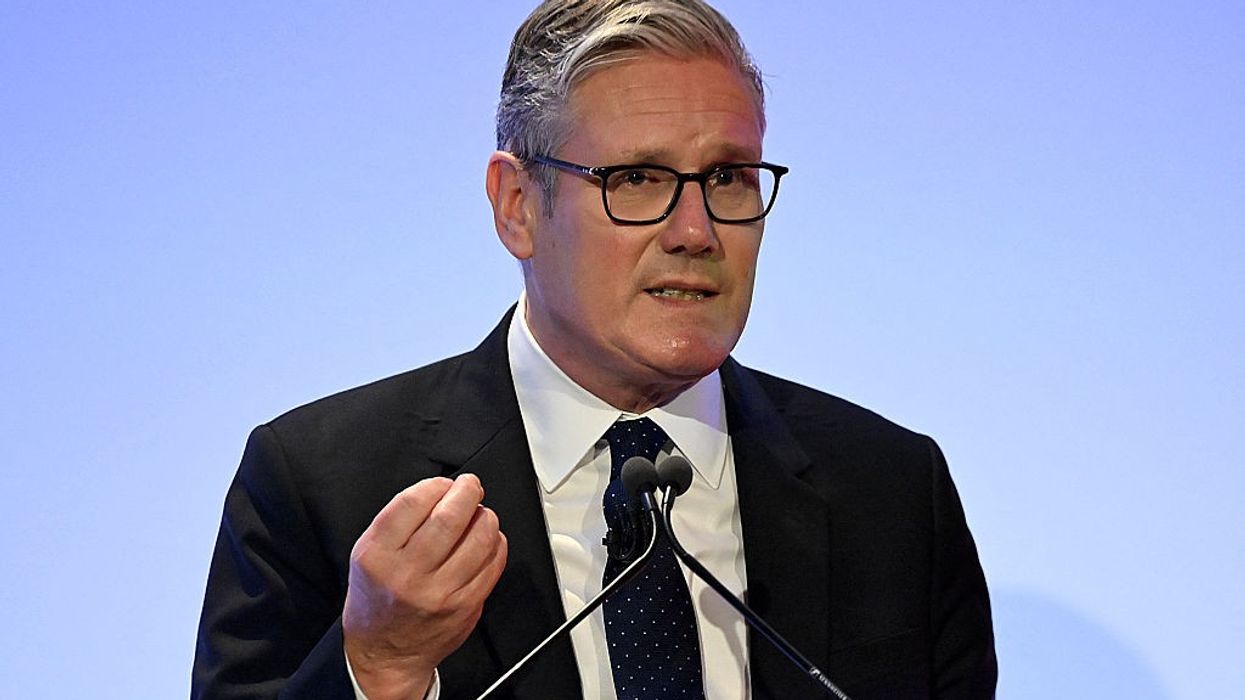

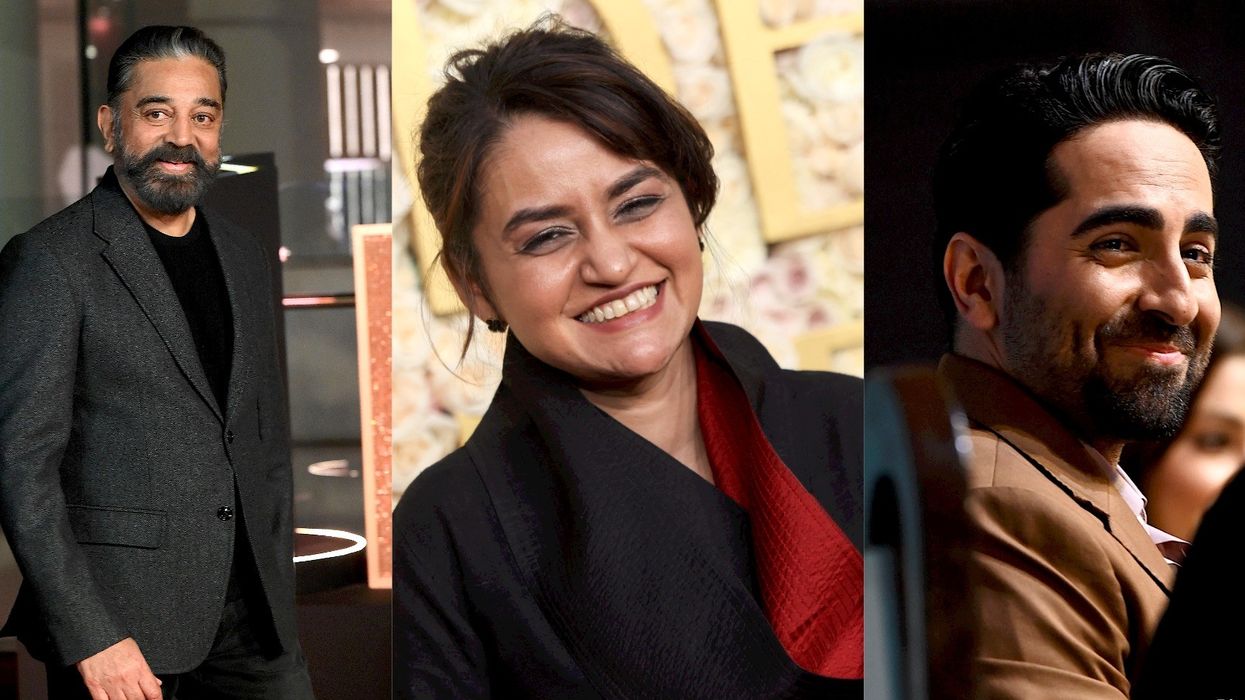


 David Beckham wearing a David Austin Roses "King's Rose" speaks with King Charles III during a visit to the RHS Chelsea Flower Show at Royal Hospital Chelsea on May 20, 2025Getty Images
David Beckham wearing a David Austin Roses "King's Rose" speaks with King Charles III during a visit to the RHS Chelsea Flower Show at Royal Hospital Chelsea on May 20, 2025Getty Images









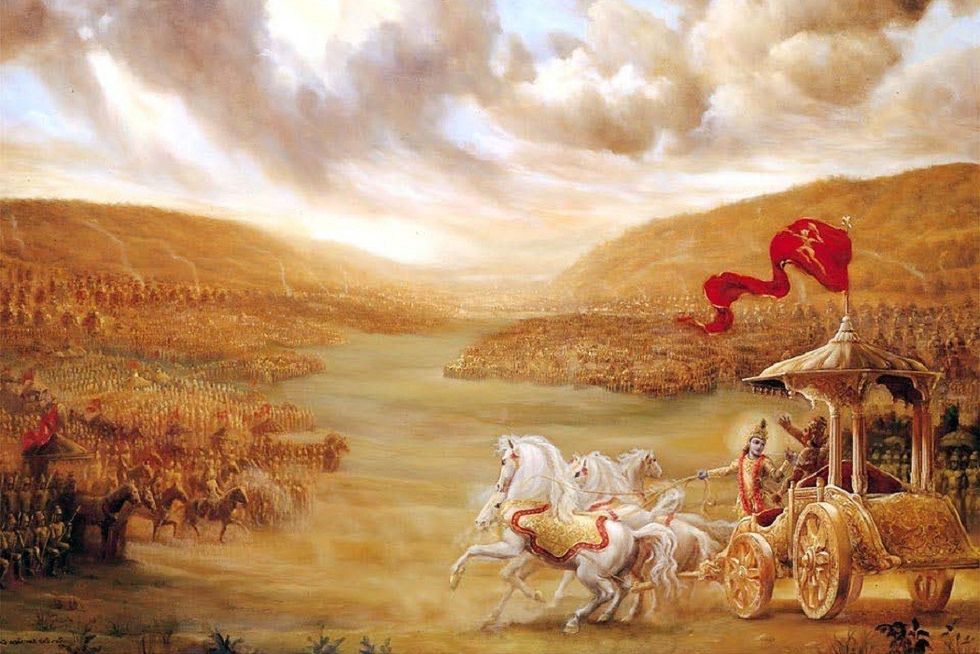 Kurukshetra battlefield illustration
Kurukshetra battlefield illustration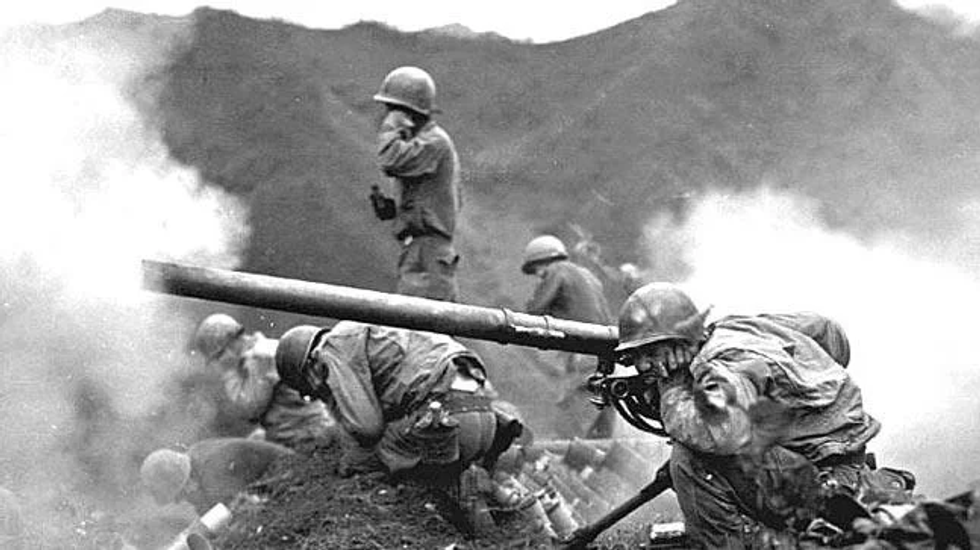
 Chanakya
Chanakya 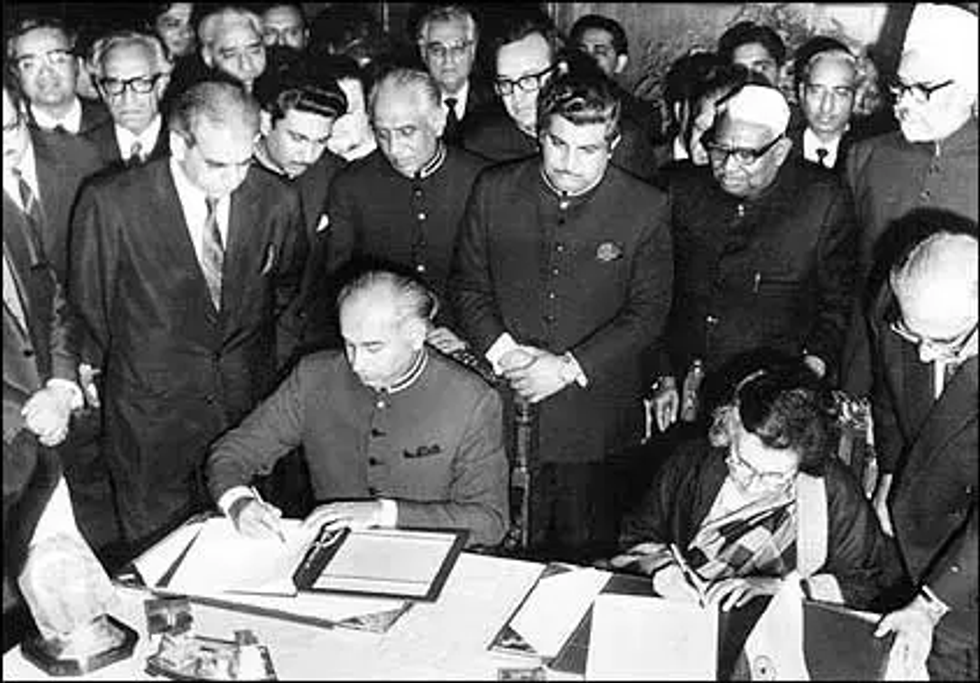 Shimla Agreement
Shimla Agreement Kargil War 1999
Kargil War 1999
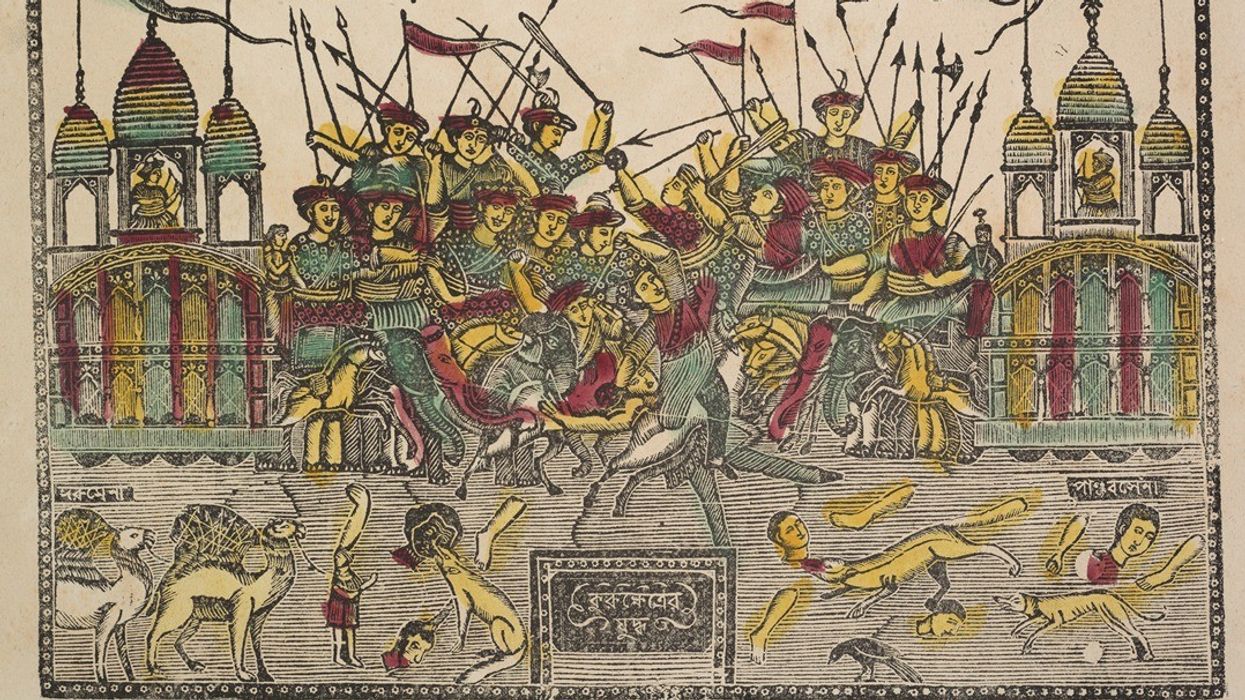
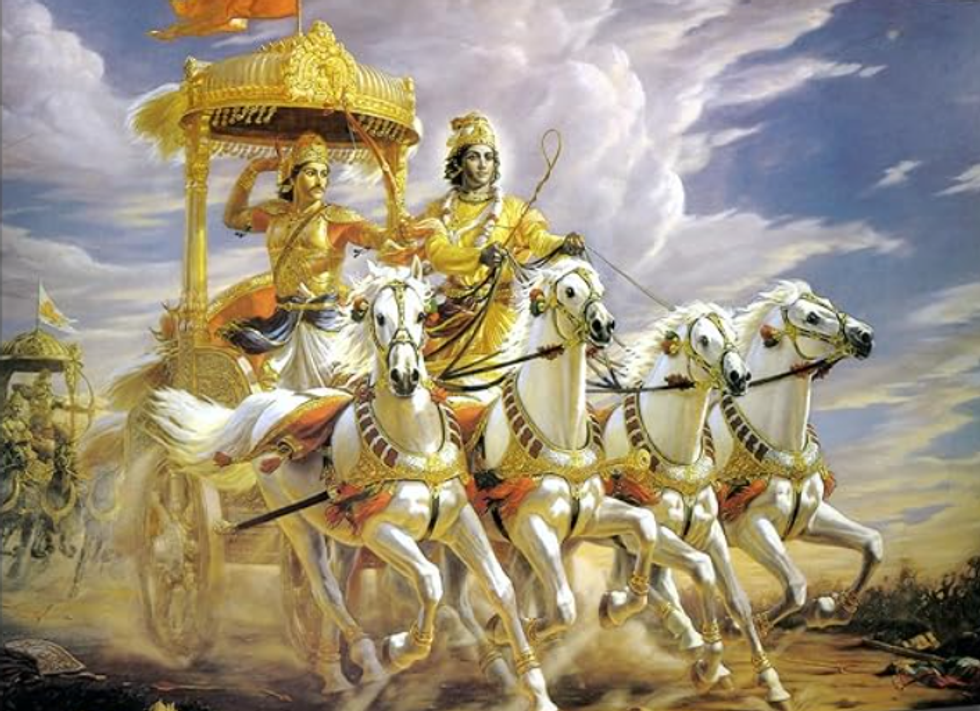 Vivid depiction of the Kurukshetra battlefield, showcasing Arjuna and Krishna in the chariot amidst the chaos of warAmazon
Vivid depiction of the Kurukshetra battlefield, showcasing Arjuna and Krishna in the chariot amidst the chaos of warAmazon
Why COVID-19 is no excuse to bring out the ‘race card’